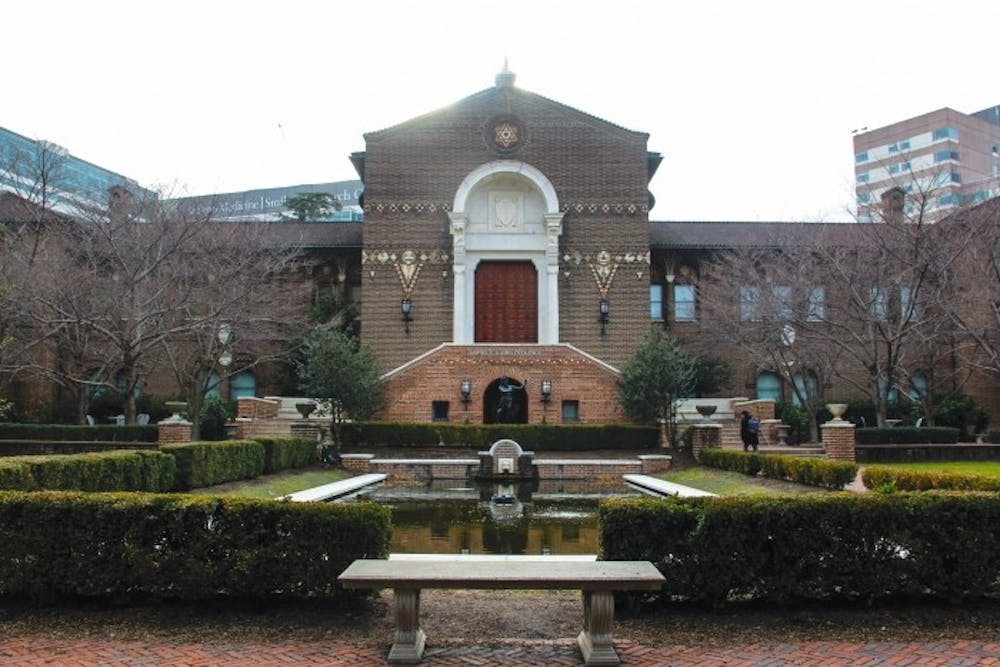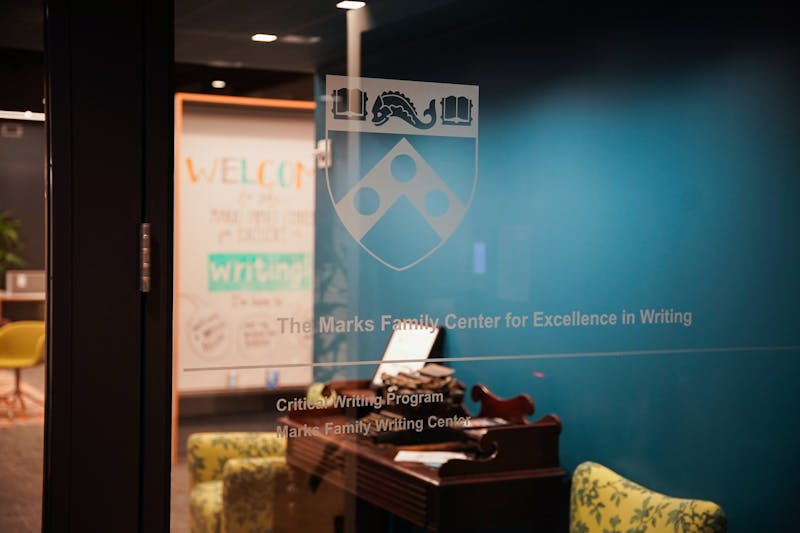
The Penn Museum has collected more than 1 million objects since its founding in 1887 — now, the galleries and display areas where those historic artifacts live are about to receive a long-anticipated facelift. In November, the museum will begin its most significant renovation program in over 100 years.
None other than Penn's president herself is thrilled at the museum's big moment in the spotlight.
"You can live in a city for your whole life and never appreciate something that is world important," Penn President Amy Gutmann said in an interview with The Daily Pennsylvanian. "And we're living at this university and we have a world important museum."
The museum has undergone renovations in the past, including the $5.6 million West Wing renovation in 2011 and the $15 million renovation of the Widener Lecture Hall in 2013. This renovation program, however, is easily the largest.
The museum’s three-phase program, which will be completed in 2021, aims to modernize its presentation of artifacts to better engage visitors and draw the greater community of Philadelphia.
Museum Director Julian Siggers did not respond to a request for comment on the renovations' total cost, but University sources pinned the number as one of the costliest renovations in museum history, according to a report in The Philadelphia Inquirer. In addition to a $21 million first phase, sources told the Inquirer that the second phase will exceed the $50 million the museum has already raised.
The large-scale refurbishing of the museum includes better lighting for collection display and expansive air conditioning. The Chinese rotunda, the largest event space in the museum, as well as the 700-seat Harrison Auditorium, will have their first ever HVAC (heating, ventilation and air-conditioning) system. More elevators, bathrooms and a new shop will also be added to the building.
The installations of the collections will be remodeled, many for the first time. Existing artifacts will be on display in more innovative, engaging ways and updated galleries will have more space for new artifacts.
“The collections are superb,” Dan Rahimi, the museum's executive director of galleries, told the Inquirer. “And under-displayed. They are not lit properly. They are not exposed properly. They are not interpreted properly. They are not protected properly. Now is our chance to really modernize … and get people to look at the objects."
The renovated Middle East galleries will make its debut in April next year, followed by the new Central America and Mexico Gallery in November. The Africa Gallery is expected to reopen the fall of 2019.
The Daily Pennsylvanian is an independent, student-run newspaper. Please consider making a donation to support the coverage that shapes the University. Your generosity ensures a future of strong journalism at Penn.
Donate







